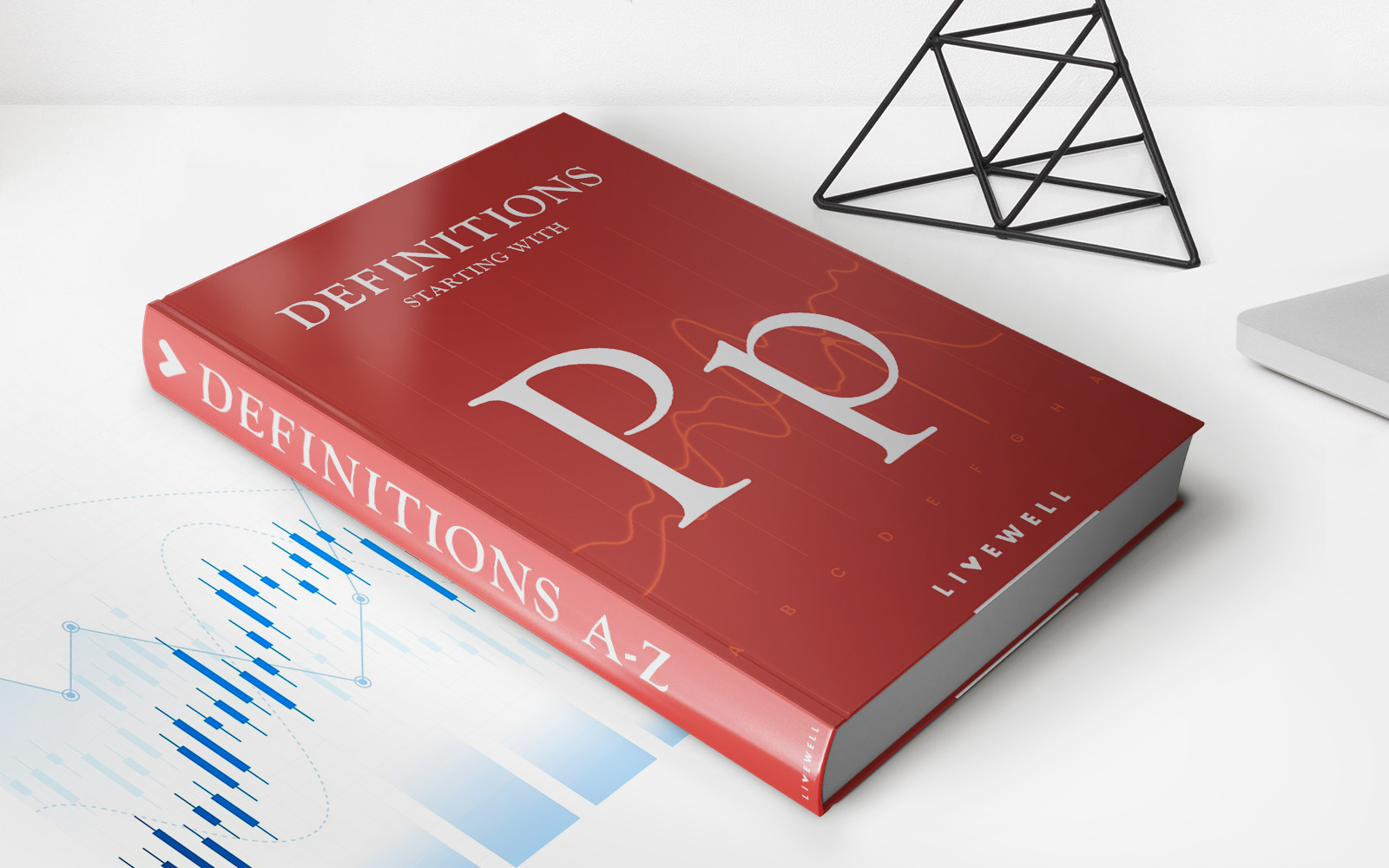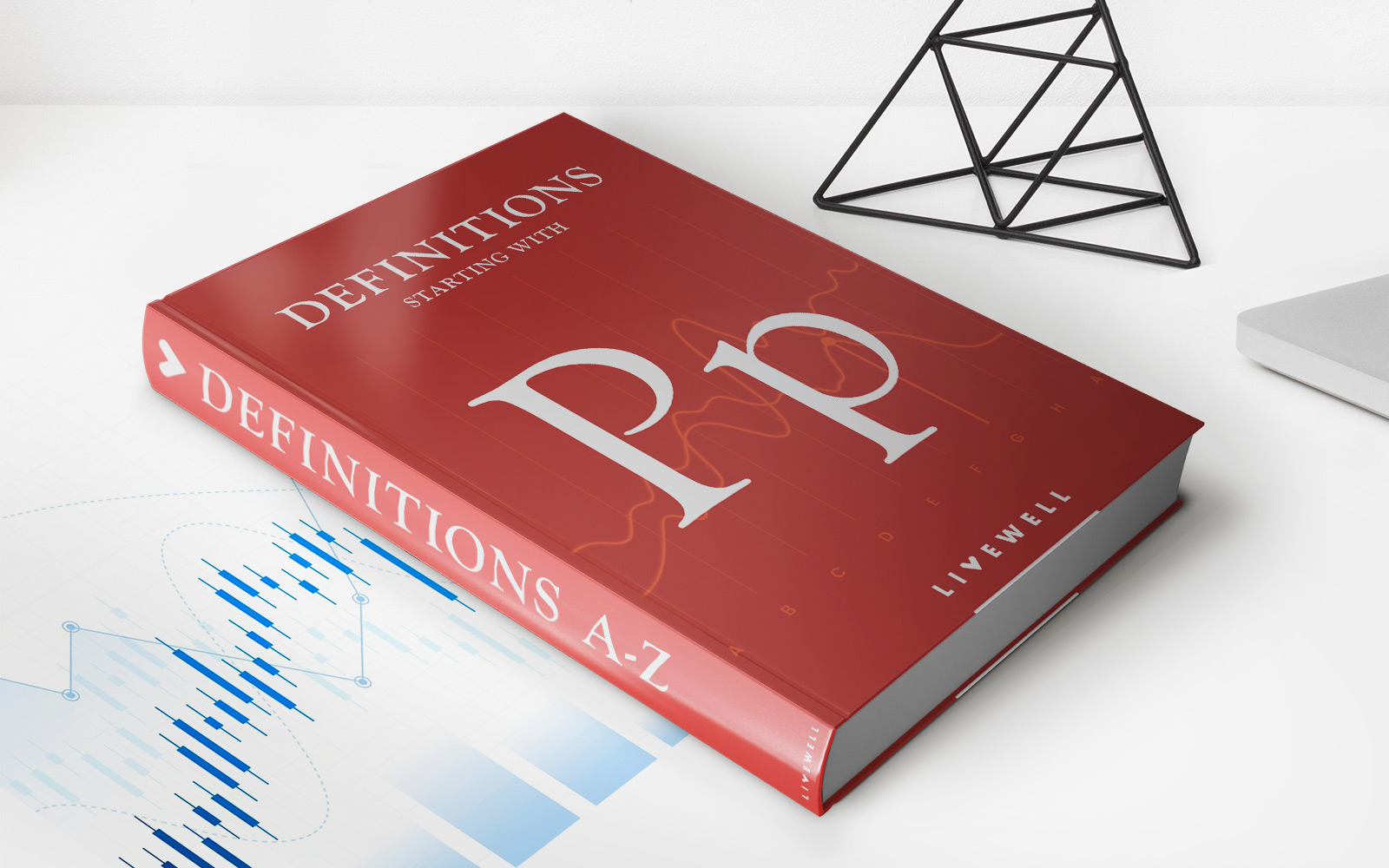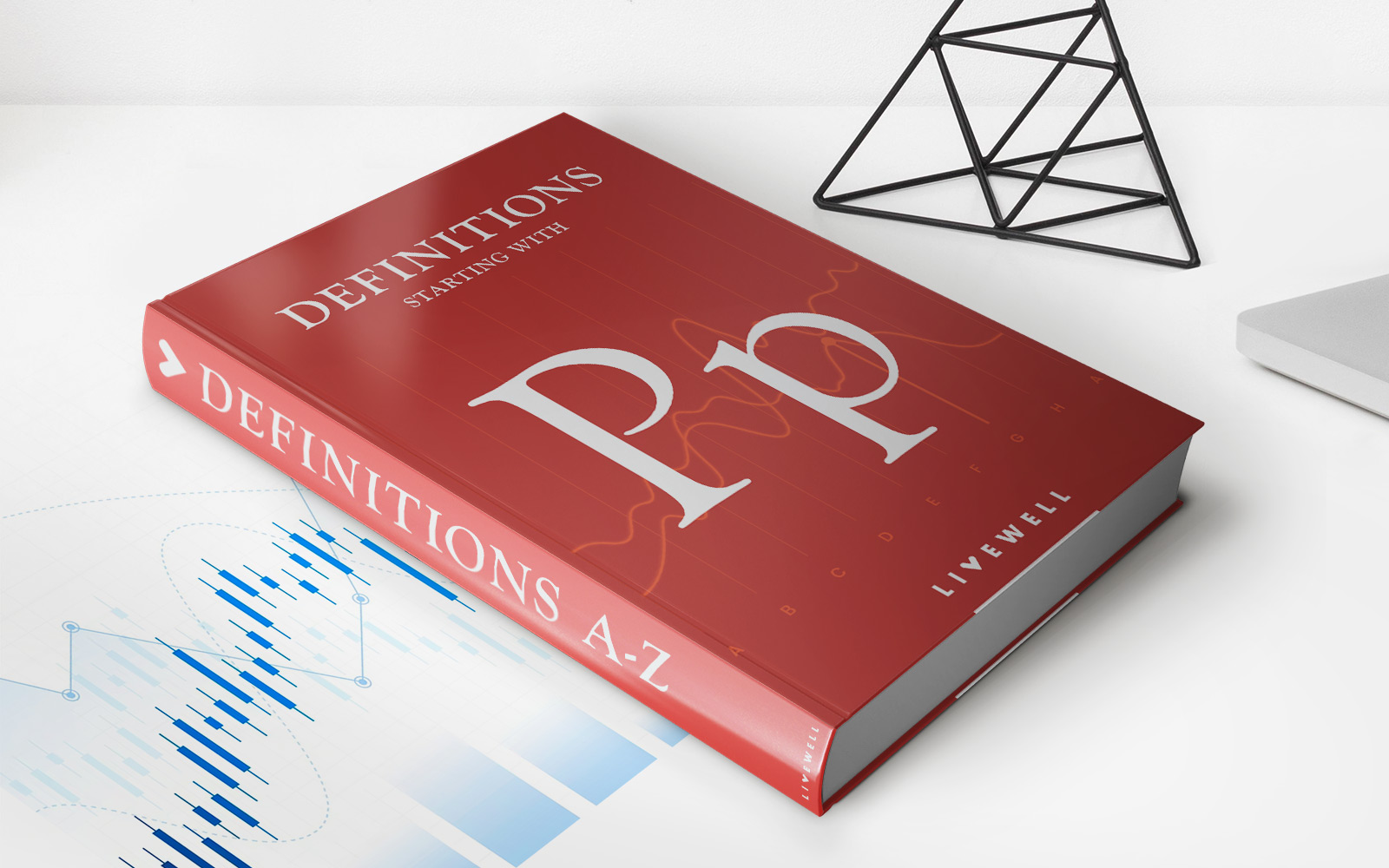Home>Finance>Assembly Line: Defining The Mass Production Process


Finance
Assembly Line: Defining The Mass Production Process
Published: October 8, 2023
Discover the finance-driven process behind mass production on the assembly line and learn how it revolutionized manufacturing efficiency. Explore the key principles and benefits.
(Many of the links in this article redirect to a specific reviewed product. Your purchase of these products through affiliate links helps to generate commission for LiveWell, at no extra cost. Learn more)
Assembly Line: Defining the Mass Production Process
When it comes to optimizing your website’s visibility and driving more traffic, ranking on Google is an essential goal. In today’s blog post, we will be focusing on the “FINANCE” category, aiming to create a highly informative and engaging article that will not only attract readers but also rank well on search engine result pages (SERPs).
Key Takeaways:
- Understanding the assembly line and its advantages in mass production
- Implementing effective strategies to optimize your finance-related content for search engines
Have you ever wondered how products are manufactured on a large scale? One of the most significant innovations in manufacturing history is the introduction of assembly lines. In this article, we will explore the concept of assembly lines and how they have revolutionized the mass production process.
An assembly line is a manufacturing process where a product is divided into a series of smaller tasks or stations, with each station responsible for a specific task in the overall production process. The product moves from one station to another, with each station adding a specific component or completing a particular operation to bring the product closer to completion.
Implementing assembly lines in manufacturing has numerous advantages, including:
- Increased efficiency: Assembly lines enable a smoother production flow, reducing the time required to produce goods and increasing overall efficiency.
- Lower production costs: By streamlining the production process, assembly lines enable manufacturers to reduce labor costs and optimize the use of resources.
- Consistency and quality: The structured nature of assembly lines allows for consistent production standards and quality control measures.
So, how can you create finance-related content that ranks well on Google? Here are some effective strategies:
- Keyword research: Determine the finance-related keywords that your audience is searching for and incorporate them naturally into your content.
- Provide valuable information: Produce well-researched and informative content that answers common finance-related questions and provides practical insights.
- Create engaging headlines: Craft catchy headlines that grab readers’ attention and accurately reflect the content of your article.
- Optimize meta tags: Pay attention to your title tags and meta descriptions, ensuring they accurately summarize your content while incorporating relevant keywords.
- Utilize internal and external linking: Link to other relevant pages within your website and reputable external sources to improve your content’s credibility and connectivity.
By following these strategies, you can greatly increase your chances of ranking higher on Google and attracting more organic traffic to your finance-related content.
As the manufacturing industry continues to evolve, the assembly line remains a vital aspect of the mass production process. Understanding its advantages and implementing effective strategies for search engine optimization (SEO) will not only improve your content’s visibility but also establish your website as a go-to resource in the finance field.
So, let’s start optimizing, and get ready to rank on Google!














